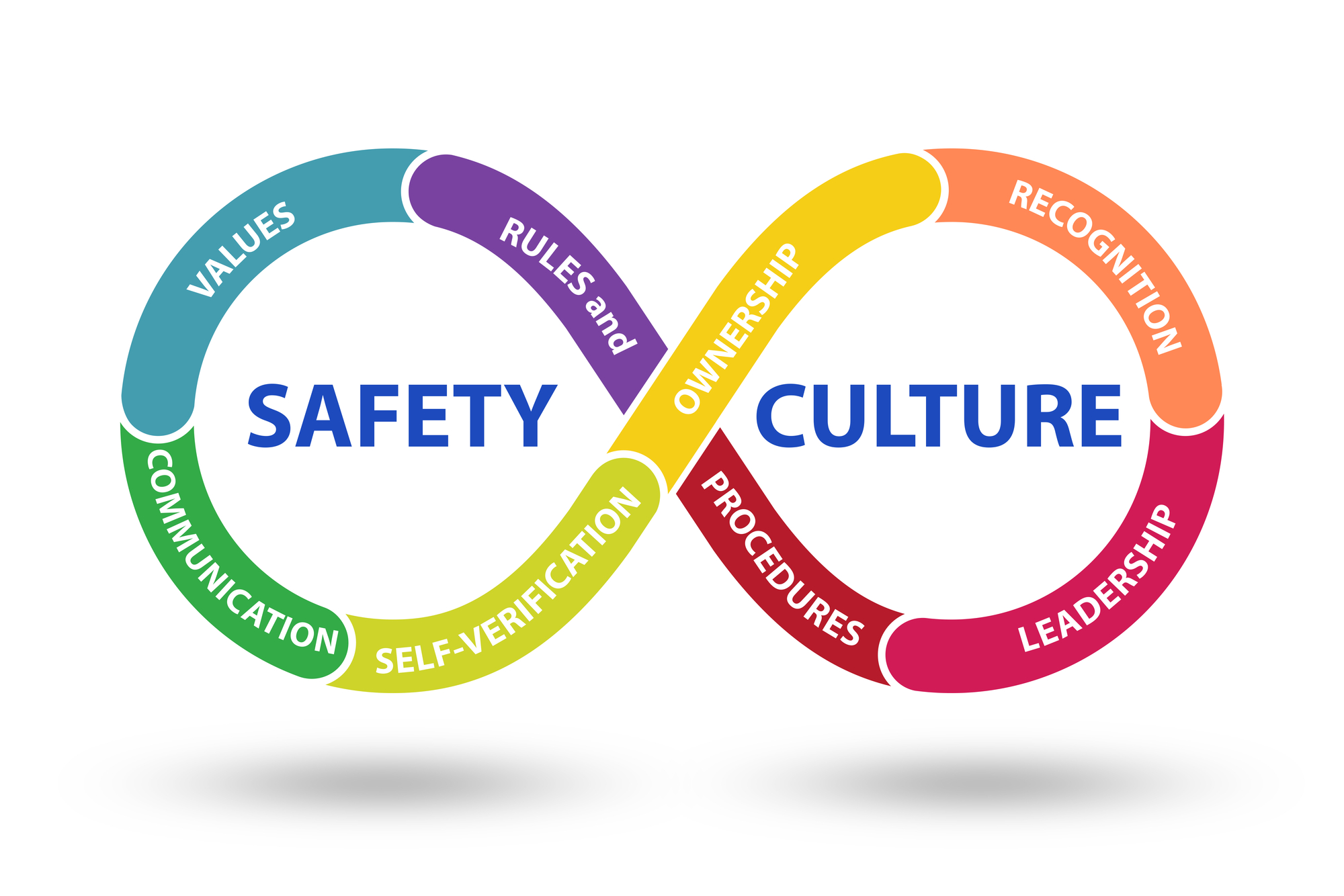How to Create a Safety Culture Within your Business
How to Create a Culture of Safety Within your Business
For business owners, including independent practitioners, it’s important to create a culture of safety. Not only for the well-being of ourselves, but any staff that may work for you. Worker training and orientation are part of the employer’s occupational health and safety responsibilities with ensuring a safe work environment.

Training and education boost knowledge and further develops skills. Train yourself and workers on hazard recognition and how to work safely and you’ll see a shift in mindset and increased engagement. Want to motivate your staff and boost your bottom line? Create an effective safety program that includes an investment in worker education and training, then watch for an improvement in motivation and productivity. To support yourself and your staff with working safely, provide training on the hazards associated with the job and effective measures in place to prevent them. Check out WorkSafe BC for more on training.
- Safety orientation for new workers
- Specific job tasks
- Providing supervision
- Training Records
- Ongoing training
What Are the Top Three Topics to Train Yourself or New Staff On?
For new solo practitioners, safety orientation training is the first step. The benefit of training on safety right from the get-go is that it sets you and your team for safety success! Provide the best start with the following topics in your training program and back it up with appropriate supervision.
Check out the WSBC site on training and orientation for more info on these three topics that must be included in every orientation:
- Rights and Responsibilities
- Workplace Hazards
- Safe Work Procedures
Want to see a surge in safety culture at your work?
Invest in your workers with training, support the learning process, encourage worker feedback and watch your return on investment grow with higher productivity and less worker turnover. Demonstrate your commitment to worker safety, support your business values and positive culture by prioritizing health and safety that minimizes risks and supports accident, injury and illness prevention with effective control measures.
Want to learn more about assessing and improving your workplace culture or providing customized training? visit The Safe Way – Workplace Safety.
Disclaimer: This information is provided in an attempt to heighten sensitivity, increase awareness, and enhance judgments on this topic. We encourage our audience to contact their legal advisor and regulatory body to learn more.
Resources
General Duties of Employers. Workers Compensation Act. (n.d.). Retrieved March 30, 2022, from https://www.bclaws.gov.bc.ca/civix/document/id/complete/statreg/19001_02#section21
About the Author

Margo Wipf,
Programs Director, The Safe Way – Workplace Safety and Human Resource Corporation
Margo is a solutions and values-based safety consultant and Director of Programs with The Safe Way – Workplace Safety and Human Resources Corporation. Her safety company’s vision is to ensure safe work behaviours and environments for all workers, including the continuing care sector.
She excels at helping business owners establish a system to identify risk management issues, employment standards; Worksafe requirements, and much more.
Her method of approach is what sets her apart; she coaches, motivates, and builds relationships that promote safety culture and mitigate risk. She collaborates with solo practitioners creating safety policies and procedures that fit company needs and meet regulatory compliance. For the solo practitioner, these deliverables save money, provide peace of mind, and more time to focus on business and client needs.
To learn more about Margo and how she can help your business, please visit her website at www.thesafeway.ca
Ready to make the switch?
Try Our Platform Free for 14 days.
See CompanyOn in Action
Schedule A Free 1:1 Personalized Demo









